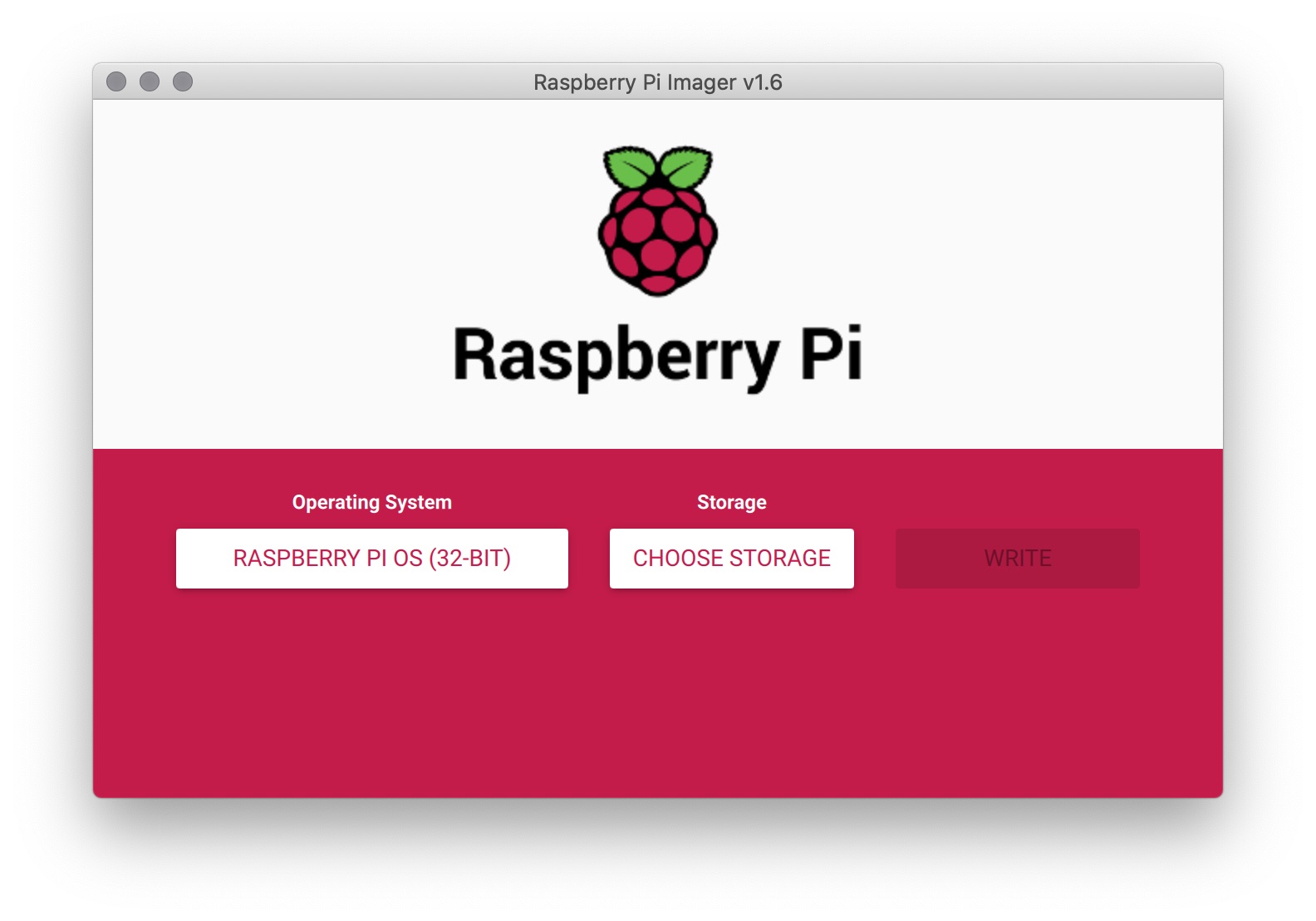Ever wondered how you can access your remote IoT devices securely from your Android phone? Well, buckle up, because this ultimate guide is about to blow your mind with everything you need to know about RemoteIoT platform SSH download for Android. In today's tech-savvy world, IoT devices are becoming the norm, but managing them remotely can sometimes feel like a headache. That's where RemoteIoT steps in—offering an easy, secure way to control your devices on the go.
RemoteIoT isn’t just another app; it’s a game-changer for anyone who wants seamless access to their IoT ecosystem. Whether you're a tech enthusiast or someone who simply needs to monitor their smart home setup while traveling, this platform has got your back. Let’s dive in and explore what makes it so awesome!
This guide will walk you through everything—from understanding the basics of RemoteIoT and SSH to downloading and setting it up on your Android device. By the end of this article, you’ll be a pro at managing your IoT devices remotely. So, are you ready to level up your tech skills?
Read also:John Florence Net Worth A Comprehensive Look At The Surfing Legends Wealth
Table of Contents
- What is RemoteIoT Platform?
- The Basics of SSH
- Why Choose RemoteIoT Platform?
- RemoteIoT Platform on Android
- How to Download RemoteIoT SSH for Android
- Step-by-Step Setup Guide
- Security Best Practices for RemoteIoT
- Troubleshooting Common Issues
- Alternatives to RemoteIoT Platform
- Conclusion
What is RemoteIoT Platform?
Alright, let’s break it down. RemoteIoT is basically a platform designed to help you manage and monitor your IoT devices from anywhere in the world. Think of it as your personal assistant for all things IoT. It uses SSH (Secure Shell) to create a secure connection between your device and the platform, ensuring that your data stays safe and sound.
SSH, by the way, is like a superhero in the world of networking. It encrypts your communication, making it super hard for hackers to intercept your data. With RemoteIoT, you get all the benefits of SSH without having to be a tech wizard. It’s user-friendly, efficient, and packed with features that make remote management a breeze.
Here are some key features of RemoteIoT:
- Secure SSH connections
- Easy-to-use interface
- Support for multiple IoT devices
- Real-time monitoring and control
How Does RemoteIoT Work?
RemoteIoT works by establishing an SSH tunnel between your Android device and your IoT setup. This tunnel ensures that all communication is encrypted and secure. Once connected, you can control your devices, check their status, and even update their settings—all from the palm of your hand.
The Basics of SSH
Before we dive deeper into RemoteIoT, let’s talk a little about SSH. SSH stands for Secure Shell, and it’s a protocol used to securely connect to remote devices. It’s like a secret handshake that ensures only authorized users can access your systems.
SSH is widely used in the tech world because it offers:
Read also:How To Change World Of Chel Name A Comprehensive Guide For Enthusiasts
- Encryption for secure data transfer
- Authentication to verify user identity
- Integrity checks to ensure data hasn’t been tampered with
In the context of RemoteIoT, SSH plays a crucial role in ensuring that your IoT devices are protected from unauthorized access. Without SSH, your data could be vulnerable to cyber threats. But with RemoteIoT, you can rest easy knowing that your devices are in safe hands.
Why Choose RemoteIoT Platform?
There are plenty of platforms out there that claim to offer remote IoT management, but what makes RemoteIoT stand out? Let’s take a look at some of the reasons why you should consider using this platform:
First off, RemoteIoT is super easy to use. Even if you’re not a tech expert, you can still set it up and start managing your devices in no time. The interface is intuitive, and the platform is designed with user experience in mind.
Secondly, it’s incredibly secure. With built-in SSH support, you can be confident that your data is protected from prying eyes. Plus, RemoteIoT regularly updates its security protocols to stay ahead of potential threats.
Lastly, it’s versatile. Whether you’re managing a single smart home device or an entire network of IoT gadgets, RemoteIoT has got you covered. It supports a wide range of devices and protocols, making it a one-stop solution for all your IoT needs.
RemoteIoT Platform on Android
Now, let’s talk about Android. If you’re an Android user, you’re in luck because RemoteIoT offers a dedicated app for your favorite operating system. This app allows you to access your IoT devices from your phone, making it perfect for on-the-go management.
The RemoteIoT app for Android is lightweight, fast, and packed with features. It supports all the major SSH protocols, so you can connect to your devices seamlessly. Plus, it’s regularly updated to ensure compatibility with the latest Android versions.
Key Features of the Android App
- Support for multiple SSH connections
- Real-time device monitoring
- Customizable interface
- Push notifications for important alerts
How to Download RemoteIoT SSH for Android
Downloading RemoteIoT SSH for Android is a piece of cake. Just follow these simple steps:
- Open the Google Play Store on your Android device.
- Search for “RemoteIoT SSH” in the search bar.
- Tap on the RemoteIoT app and select “Install.”
- Wait for the installation to complete, and you’re good to go!
Alternatively, you can download the app from the official RemoteIoT website. This is a great option if you prefer to avoid the Play Store or if you’re using a custom ROM that doesn’t support it.
Step-by-Step Setup Guide
Once you’ve downloaded the app, it’s time to set it up. Here’s a step-by-step guide to help you get started:
- Launch the RemoteIoT app on your Android device.
- Create an account or log in if you already have one.
- Add your IoT devices by entering their IP addresses and SSH credentials.
- Configure any additional settings, such as notification preferences.
- Test the connection to ensure everything is working smoothly.
And that’s it! You’re now ready to start managing your IoT devices remotely. Pretty cool, right?
Tips for a Smooth Setup
- Make sure your devices are connected to the internet before setting them up.
- Use strong passwords for your SSH connections to enhance security.
- Regularly update the app to get the latest features and security patches.
Security Best Practices for RemoteIoT
Security is a top priority when it comes to remote IoT management. Here are some best practices to keep your devices safe:
First, always use strong, unique passwords for your SSH connections. Avoid using common passwords or ones that are easy to guess. This will make it much harder for hackers to gain access to your devices.
Second, enable two-factor authentication (2FA) if the platform supports it. 2FA adds an extra layer of security by requiring a second form of verification in addition to your password.
Lastly, keep your software and firmware up to date. Regular updates often include important security patches that protect against the latest threats.
Troubleshooting Common Issues
Even the best platforms can sometimes encounter issues. Here are some common problems you might face with RemoteIoT and how to fix them:
Problem: Unable to connect to a device.
Solution: Check that the device is connected to the internet and that the IP address and SSH credentials are correct. Also, ensure that the device’s firewall isn’t blocking the connection.
Problem: Slow connection speeds.
Solution: Try restarting your router or switching to a different network. You can also check for any updates to the RemoteIoT app that might improve performance.
Problem: App crashes.
Solution: Clear the app’s cache and data, then restart your device. If the issue persists, consider reinstalling the app or contacting customer support.
Alternatives to RemoteIoT Platform
While RemoteIoT is an excellent choice for remote IoT management, there are other platforms worth considering. Here are a few alternatives:
1. TeamViewer: A popular remote access tool that supports IoT devices. It’s easy to use and offers robust security features.
2. AnyDesk: Another great option for remote management. It’s fast, reliable, and works across multiple platforms.
3. SSH Client Apps: If you’re looking for something more lightweight, there are plenty of SSH client apps available for Android that can help you manage your IoT devices.
Conclusion
And there you have it—the ultimate guide to RemoteIoT platform SSH download for Android. Whether you’re a tech enthusiast or just someone who wants to manage their IoT devices on the go, RemoteIoT is definitely worth checking out.
Remember, security is key when it comes to remote management. Always use strong passwords, enable 2FA, and keep your software up to date. And if you ever run into any issues, don’t hesitate to reach out to customer support or consult the troubleshooting section of this guide.
So, what are you waiting for? Download RemoteIoT today and take your IoT management to the next level. Don’t forget to share this article with your friends and leave a comment below if you have any questions or feedback. Happy managing!


